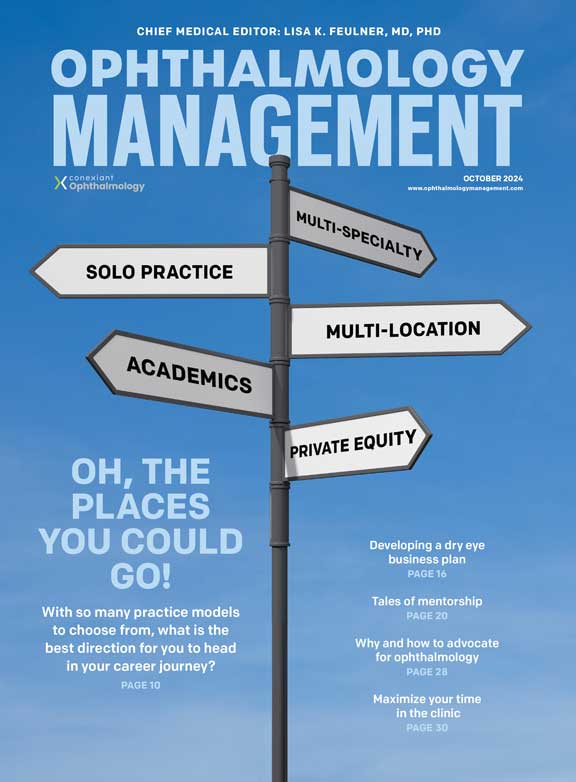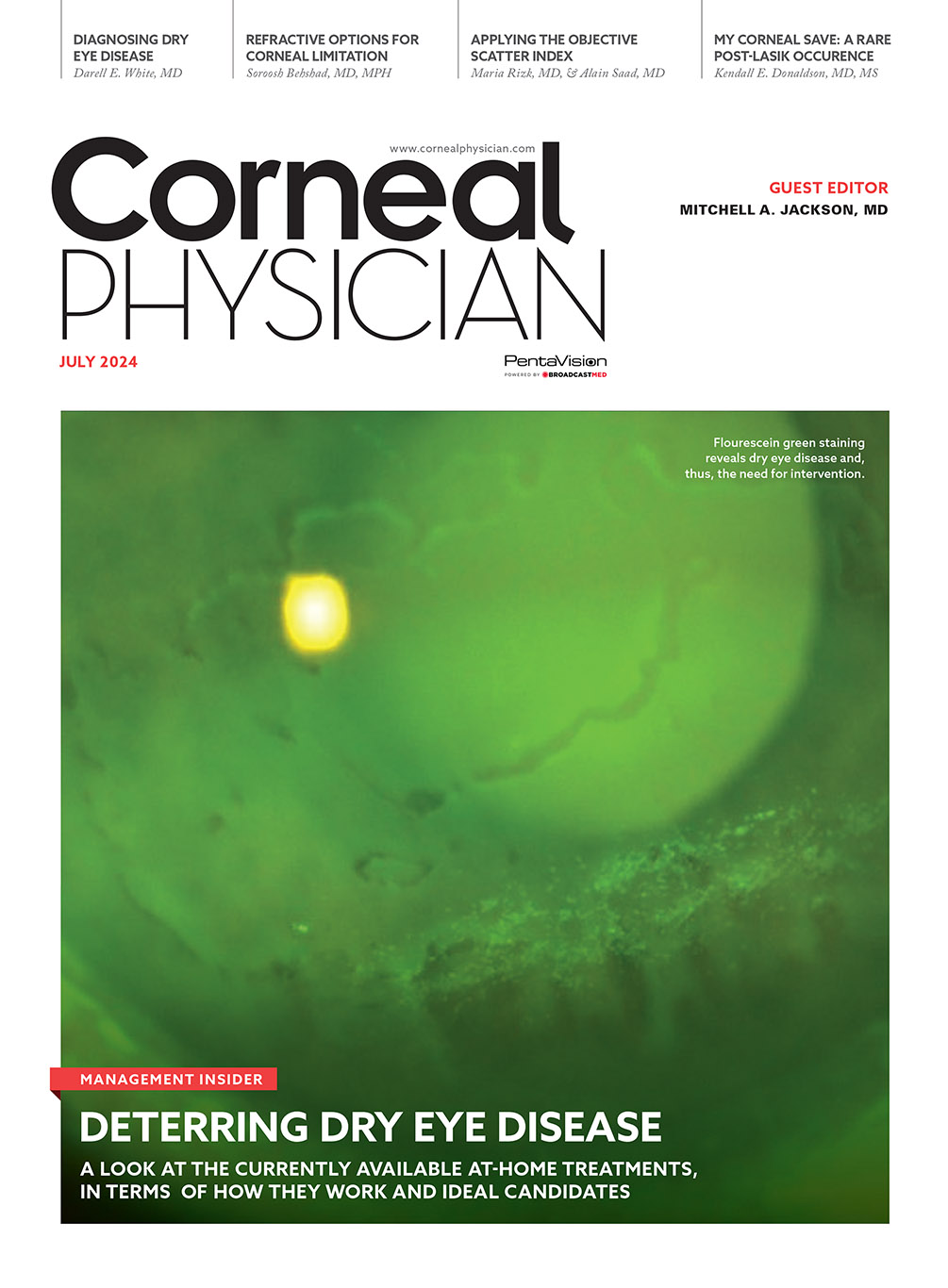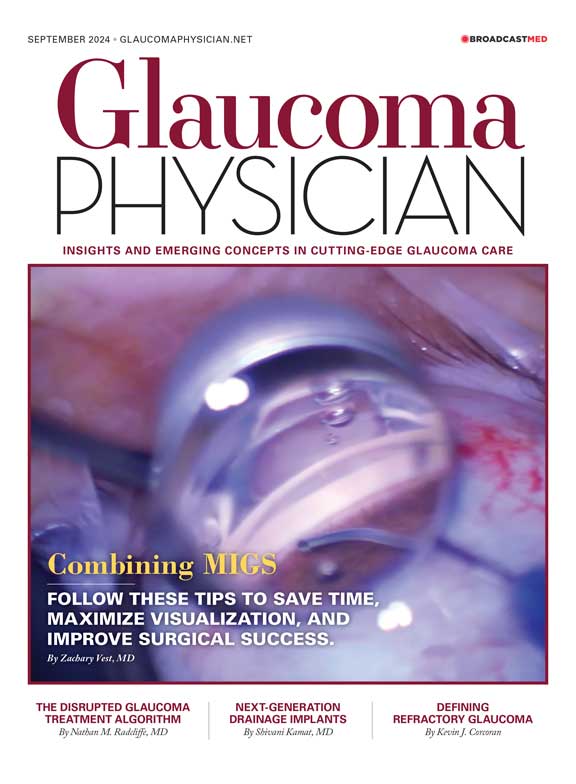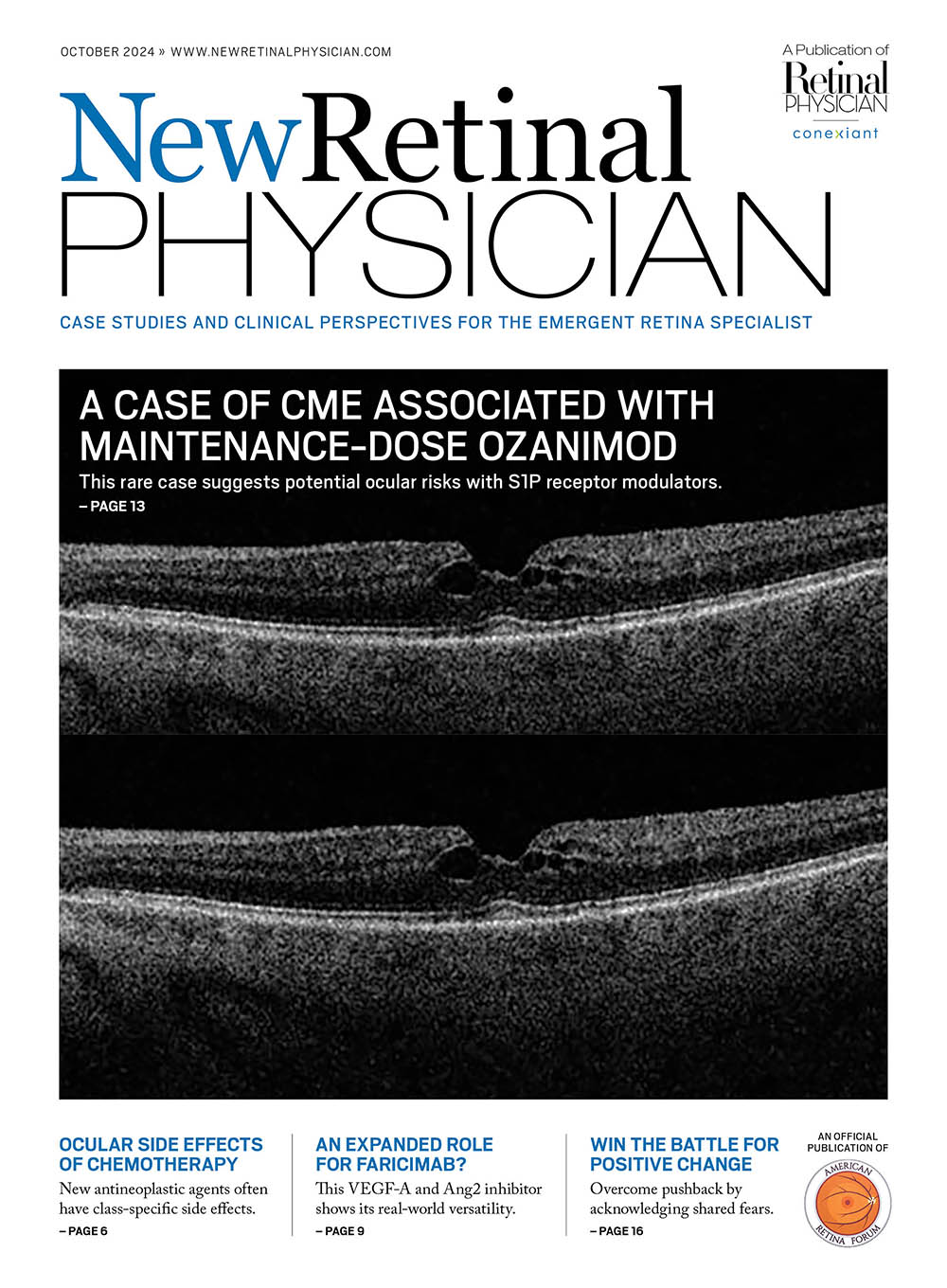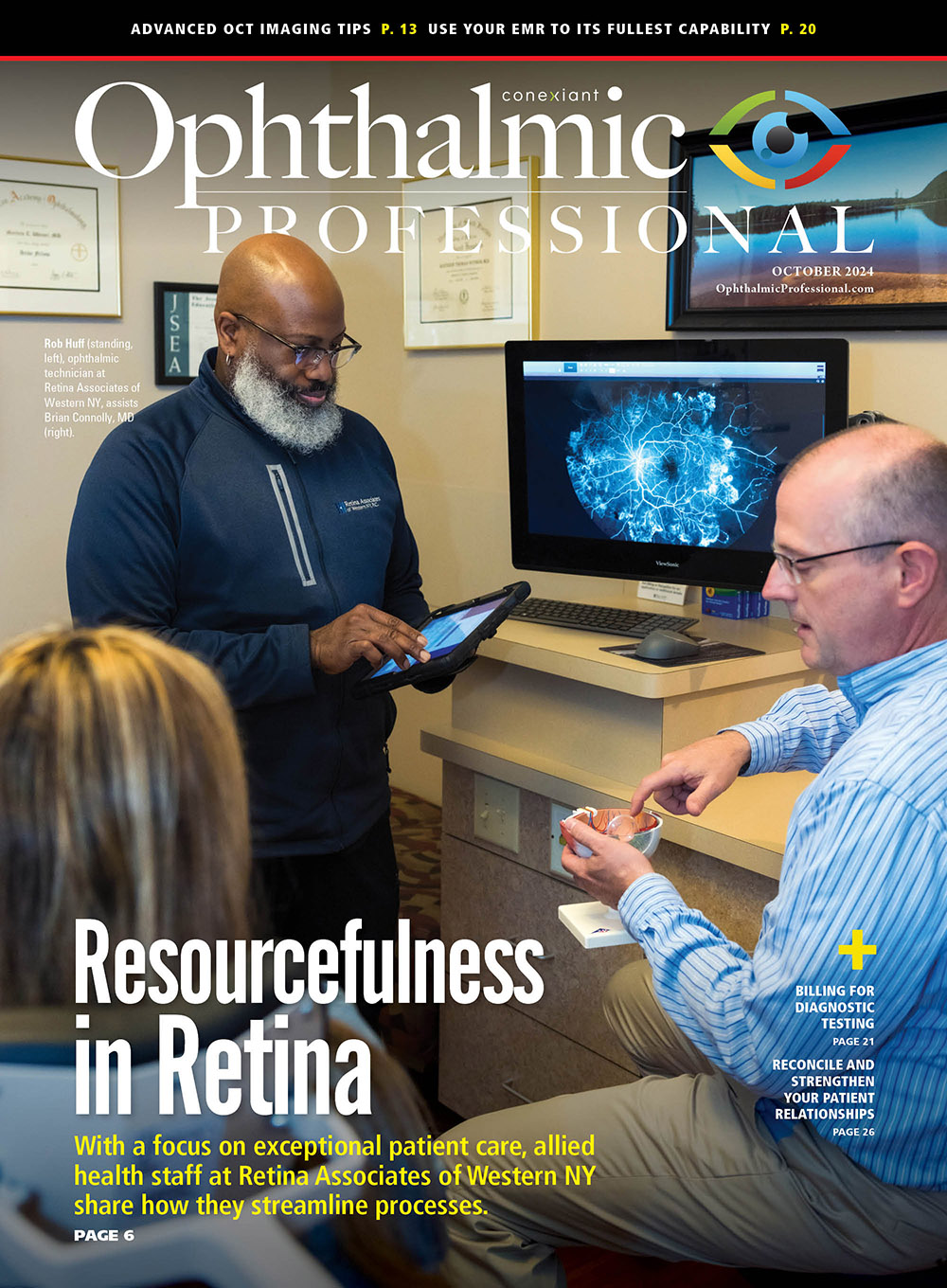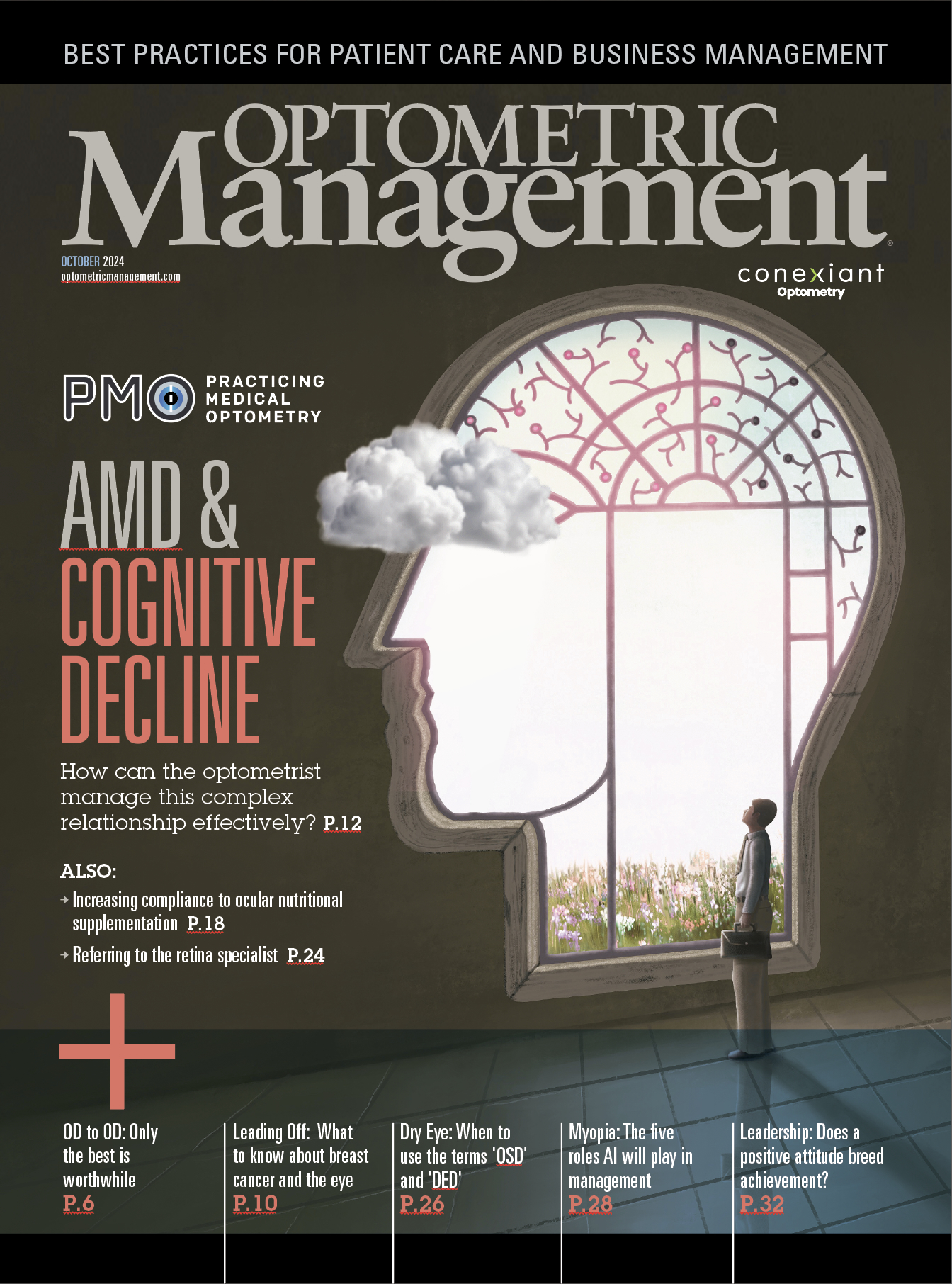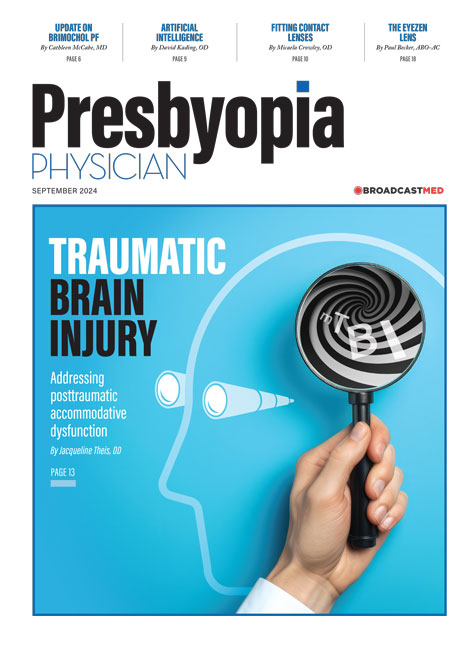Ophthalmology has always been at the forefront of embracing technological advancements. The integration of artificial intelligence (AI) in ophthalmology offers a paradigm shift, especially for comprehensive ophthalmologists who deal with a broad range of eye diseases. AI, and in particular machine learning and deep learning, provides tools that can analyze complex data sets, improve diagnostic accuracy, personalize treatment plans and transform patient care.
Diagnostics: Imaging, screening and progression
Some of the most notable applications of AI in comprehensive ophthalmology, and the ones we are probably all somewhat familiar with, are in the field of diagnostic imaging. Tools such as fundus photography and optical coherence tomography generate vast amounts of data. AI algorithms, especially convolutional neural networks, have shown high efficacy in analyzing these images for diagnosing conditions such as diabetic retinopathy, glaucoma, AMD, Alzheimer’s and even systemic conditions such as cardiovascular disease, chronic kidney disease and biological age.
AI-driven screening programs have been implemented in various settings, including the Byers Eye Institute at Stanford Medicine and at Bascom Palmer, where I started one. Through these programs, we have seen the early detection and treatment of a multitude of eye diseases, especially in underserved areas, which has improved patient outcomes tremendously.
AI models are also being developed to predict progression of diseases such as glaucoma. By analyzing longitudinal patient data, AI can help in forecasting disease trajectories, leading to early intervention and personalized treatment planning.
As part of this continuum, digital twinning will allow us to run simulations under different conditions while leveraging real-world data to find the best intervention for the patient.
Targeted treatment and improved decision-making
Beyond diagnostics, AI is already making an impact on our ability to better treat patients as well. For example, pharmaceutical and medical device makers are using digital twinning to model drug development and devices. Outside of ophthalmology, this concept has been used for years in financial market strategy (predicting stock trends) and in manufacturing to predict equipment failure. This is how cars test their airbags, brakes and sensors under different road conditions and speeds, etc. We are just starting to use the concept in health care for precision medicine.
Comprehensive ophthalmologists often face challenging decisions regarding patient management. AI, through data-driven insights, can aid in these decisions. For example, an algorithm can suggest the best treatment options based on patient-specific factors and historical data, thus optimizing patient outcomes. This is a wonderful augmentation to our clinical decision-making.
Day-to-day in the office
Another helpful application of AI is for enhancing operational efficiency in our practices. AI systems can assist with appointment scheduling, patient flow management, data collection, EHR inbox management and ambient scribe services such as note-taking. Imagine being able to pay attention to the patient while the ambient natural language processing algorithm summarizes and organizes your clinical note in the background! I have personally tested a note-taking application with the Microsoft team in real time and can vouch that it is surprisingly accurate.
Assistance with these tasks is invaluable for clinical efficiency, accuracy of documentation, as well as better collaboration with referral sources through instant referral notes. In addition, contextual applications allow us to tailor patient education to specific reading levels and languages. The ability to educate our patients in their native languages and at their levels of education within seconds is one of the most beneficial uses of AI in our practices.
There’s always a challenge
One thing to note when implementing AI in our practices is the responsibility to use it within our EHR systems to ensure HIPAA compliance. Ophthalmologists simply must be cautioned not to expose patient data to open networks of AI programs.
For example, you shouldn’t open ChatGPT and have it listen in on your patient’s visit. Likewise, you shouldn’t type your patient’s name and information into ChatGPT. Instead, you should access the AI tool from within the EHR. Microsoft’s Azure OpenAI Service interfaces directly with Epic, so your patient’s data remains secure and compliant. Doximity also interfaced with ChatGPT 4. Other tech vendors likely do the same, but I am most familiar through my work with Microsoft and Doximity.
Embrace and improve
AI’s future in comprehensive ophthalmology is bright, with ongoing research and development focusing on more sophisticated diagnostic algorithms, enhanced predictive models and personalized treatment regimens. As AI technology continues to evolve, the comprehensive ophthalmologist should remain engaged with these advancements, integrating AI tools into their practices to enhance care, efficiency and outcomes.
Most AI education originates with the tech industry (Microsoft, Apple, Google), and its members rely on docs like me to introduce it to the medical community and implement it in our clinical workflows. To this end, I try to give presentations to educate others at every meeting. Education, collaboration with AI experts and participation in research are key for us to keep pace with this rapidly advancing technology.
Lastly, the integration of AI into comprehensive ophthalmology heralds a new era of precision medicine, where data-driven insights augment the expertise of the ophthalmologist, leading to better care and treatment outcomes. OM

